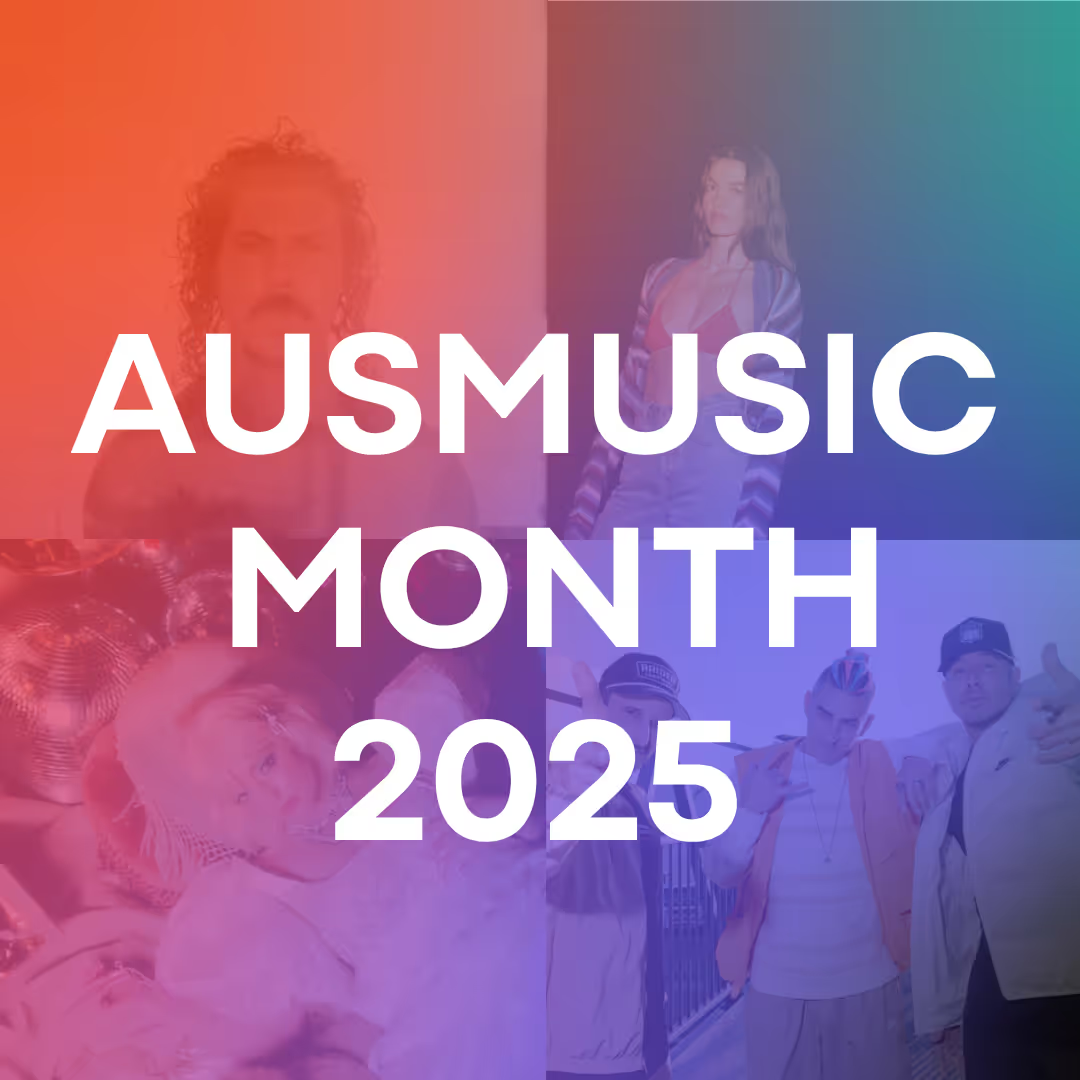What a Fully Integrated In-Store Media Stack Actually Looks Like
The Myth of the “Stack”
Retailers love to brag about their media stack like it’s a trophy case. Loyalty app? Check. Digital screens? Check. Coupons and retail media networks? Double check. But ask them about audio and you’ll often hear: “We don’t really need that.”
That’s a miss. Audio is one of the most cost-effective channels available. It reaches every shopper in the store by default, yet too often it’s left out of the mix. Without it, the so-called stack is just a pile of tools with a gap right in the middle.
Clutter vs Integration
Clutter looks like this:
- Screens flash promos that doesn’t reach anyone outside of view
- Apps push out rewards that feel random or mistimed.
- Shoppers hear nothing in-store that connects to what they saw online.
- Retailers can’t measure what worked, so they just guess.
Integration looks like this:
Messages are consistent across speakers, displays, screens, and apps.
- Audio reinforces visuals, driving shoppers to notice and act.
- Data flows across channels, turning every impression into something measurable.
- Campaigns adjust in real time based on what actually sells.
What a Fully Integrated Stack Looks Like
A truly integrated in-store media stack doesn’t just line up channels, it choreographs them.
- Audio grabs attention in-aisle and provides reach to millions of customers
- Screens and Displays bring offers to life visually with dynamic pricing or QR codes.
- Apps personalize and extend those offers before and after the trip.
- POS and transaction data close the loop, showing exactly what worked.
Together, these elements form a system that doesn’t just broadcast messages but adapts, learns, and scales with every campaign.
Why Integration Wins
When channels act separately, shoppers shrug. When they work together, shoppers act. Integration makes in-store media feel less like noise and more like a guided journey.
Audio isn’t just background filler… it works. Research from IAB Canada shows that 58% of shoppers who heard an in-store audio ad went on to make a purchase as a result (source). That’s proof that when you connect audio to the rest of the stack, you’re not just creating cohesion, you’re creating measurable impact.
How QSIC Delivers It
QSIC doesn’t add to the clutter. We connect the dots.
- Audio tied to transaction data for real attribution in minutes.
- AI Ad Creator that slashes the cost of producing retail-ready audio.
- APIs that sync audio with screens and apps, so every touchpoint reinforces the next.
With QSIC, audio stops being the forgotten channel and becomes the driver of integration.
The Punchline
A “stack” is just a buzzword if the pieces don’t sync. Integration is what makes in-store media matter. Audio, the channel too many retailers overlook is the cost-effective glue that makes the whole system stick.

.jpg)

